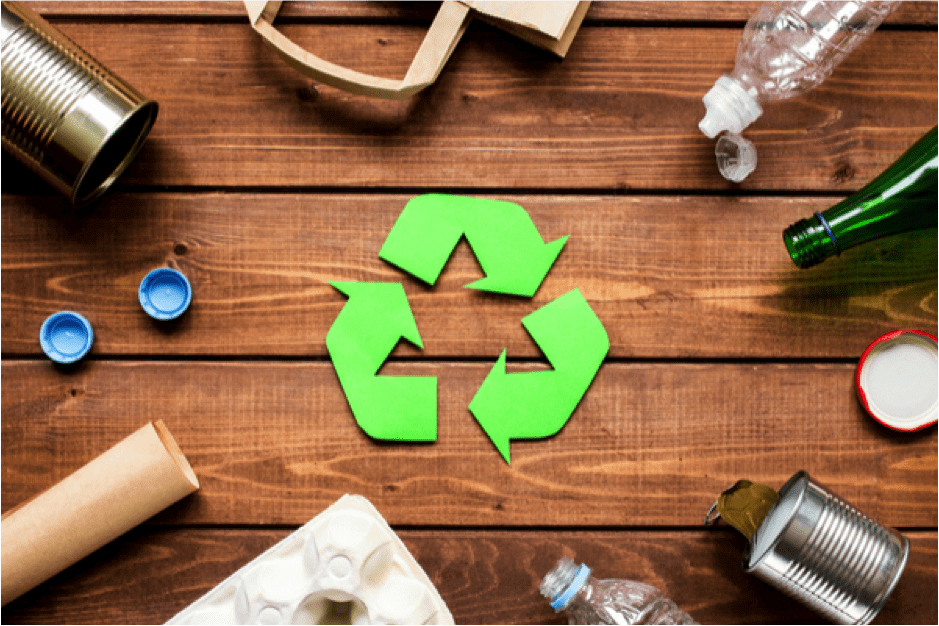Understanding the Classification and Handling of Numerous Kinds Of Waste
Efficient waste administration is crucial for environmental sustainability, needing a thorough understanding of the classification and handling of various waste types. House waste, industrial spin-offs, hazardous materials, digital refuse, and organic residues each necessitate distinctive methods to guarantee safety and decrease environmental damage. Applying appropriate partition, therapy, and disposal strategies is necessary to mitigate damaging environmental impacts and promote resource conservation. The composting of natural waste contrasts dramatically with the complex treatments required to take care of unsafe materials. This multifaceted method to squander administration emphasizes its intricacy and the crucial requirement for specialized understanding in this domain name.

House Waste
Family waste, including a wide variety of discarded products generated from everyday living tasks, stands for a substantial element of the overall waste stream - recycling lives services. This group includes natural waste such as food scraps, lawn trimmings, and paper products, together with inorganic materials like plastics, steels, and glass. The varied nature of home waste demands effective classification and monitoring to reduce ecological impact and promote lasting living techniques
Reliable home waste management starts with segregation at the resource, assisting in recycling, composting, and risk-free disposal. Organic waste, for circumstances, can be composted to generate nutrient-rich soil modifications, minimizing landfill burden and improving soil wellness. Recyclable materials, consisting of paper, glass, and specific plastics, can be processed and repurposed, preserving resources and reducing power usage related to brand-new material manufacturing.
Additionally, hazardous household waste such as batteries, digital gadgets, and cleaning chemicals calls for specialized taking care of to stop dirt and water contamination. Public recognition projects and hassle-free disposal options play critical functions in making sure proper disposal and recycling of these materials. By executing robust waste decrease methods and promoting area participation, communities can considerably minimize the ecological impact of home waste.
Hazardous Waste
Hazardous waste, a major contributor to worldwide waste generation, incorporates a diverse series of materials created by production, building and construction, and other industrial activities. This classification consists of by-products such as scrap steel, plastics, rubber, chemicals, and various other deposits. The make-up and volume of hazardous waste can vary substantially depending on the sector and production processes involved. Efficient administration of commercial waste is crucial for lessening ecological impact and promoting sustainable practices.
The handling of commercial waste normally involves numerous procedures: collection, segregation, disposal, and therapy. Collection systems are designed to successfully gather waste products from different resources within an industrial operation.
Adopting approaches such as waste minimization, source healing, and recycling can considerably lower the concern of commercial waste on the setting, adding to more sustainable commercial practices.
Contaminated Materials

The category of hazardous waste is generally based on its physical and chemical qualities. Toxic wastes consist of unsafe materials that can create damaging wellness results also at low focus. Harsh wastes can harm or damage living materials and tissues. Combustible wastes can easily ignite, posturing fire dangers, while reactive wastes can cause explosions or launch hazardous gases upon call with other compounds.
Reliable hazardous waste administration includes several key practices: identification and segregation of unsafe products, safe transportation and storage space, and appropriate treatment and disposal. Therapy methods might include chemical incineration, neutralization, and stablizing. Regulatory compliance is necessary, led by frameworks such as the Resource Conservation and Recovery Act (RCRA) in the USA, which guarantees safe and eco audio administration of contaminated materials.
Digital Waste
Digital waste, commonly abbreviated as e-waste, represents an expanding obstacle in waste management because of the rapid obsolescence review of innovation. This category incorporates a wide series of discarded electronic devices, consisting of smartphones, computers, televisions, and family home appliances. The intricacy of e-waste depends on its composition; these things consist of a blend of useful materials such as gold and copper, in addition to hazardous substances like cadmium, lead, and mercury.

Legislation and regulations, such as the European Union's Waste Digital and electrical Equipment (WEEE) Directive, objective to promote liable e-waste administration. These plans mandate suppliers to assist in the collection and recycling of digital items, consequently minimizing the problem on land fills and reducing ecological contamination.
Organic Waste
Organic waste, including naturally degradable materials such as food scraps, lawn trimmings, and agricultural residues, comprises a substantial section of the metropolitan strong waste stream. This kind of waste is noteworthy not only for its quantity yet likewise for its potential ecological effect if not managed properly. Organic waste can decay anaerobically in garbage dumps, creating methane, a potent greenhouse gas adding to climate adjustment.
Correct handling of organic waste involves several techniques. In addition, diverting food waste from garbage dumps via donation programs can minimize food insecurity while decreasing waste.
Municipalities and services are increasingly acknowledging the value of organic waste monitoring. Applying thorough natural waste reusing programs not only mitigates environmental effects however additionally lines up with wider sustainability objectives, advertising a round economy where sources are consistently reused and repurposed.
Conclusion
Efficient waste administration and environmental defense necessitate a comprehensive understanding of the category and handling of various waste kinds. Executing appropriate methods for each waste kind guarantees safe and responsible waste monitoring practices, eventually contributing to the defense of ecological communities and public health.
Reliable waste management is pivotal visit homepage for environmental sustainability, requiring a comprehensive understanding of the classification and handling of various waste types.Household waste, encompassing a broad array of discarded materials generated from day-to-day living activities, represents a substantial element of the general waste stream.Industrial waste, a significant factor to global waste generation, includes a diverse variety of materials generated by production, building and construction, and various other industrial activities (recycling lives services).Dangerous waste, a crucial problem in waste administration, makes up products that present significant risks to human health and the environment due to their toxic, destructive, flammable, or reactive homes.Organic waste, incorporating biodegradable products such as food scraps, lawn trimmings, and agricultural residues, constitutes a significant section of the local solid waste stream